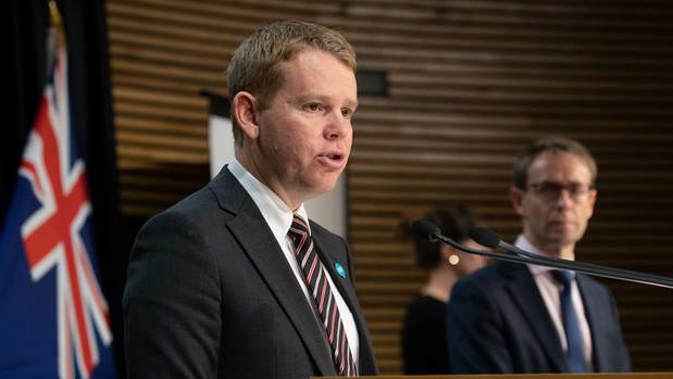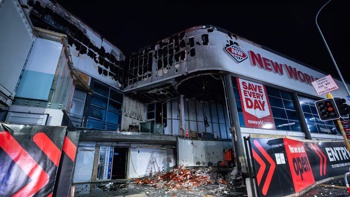
Thousands of air purifiers have been ordered for New Zealand schools, to help filter virus particles from the stuffy air Kiwi kids are breathing in class.
Experts have been calling for the air cleaners as another step in helping to prevent the spread of Covid-19 in classrooms as school returns.
But only 500 will be here in March, with the remaining 4500 not due to arrive until winter.
With more than 2500 schools in New Zealand, there won't be enough air cleaners for everyone. The air cleaners will be used in a targeted way, rather than being deployed in every classroom.
Ministry of Education officials have previously said they think most New Zealand classrooms have adequate ventilation but a small number could not be modified and would require mechanical means to clean the air.
They also planned to have fleets of air cleaners that could be moved around to schools where there was an outbreak, to help give parents confidence it was safe for their kids to return to or stay at school.
Schools remain open under all phases of the traffic light system, meaning many kids will be back in class from next week - despite the whole country moving to red in light of Omicron beginning to spread.
In a statement this morning, Education Minister Chris Hipkins said good ventilation was important to minimise the risk of airborne transmission of Covid-19.
"I've heard that schools have done a good job keeping fresh air moving through their classrooms, but we know opening doors and windows to get fresh air flow won't always be practical."
He said 5000 air cleaners were expected to arrive in March, with the other 4500 due by June. They would be used in targeted areas within some schools in the coming months.
Last year it was announced 2500 portable carbon dioxide monitors had been ordered as part of a "ventilation self-assessment toolkit" which schools could use to find which classrooms had good fresh air flow and which ones didn't.
Hipkins said those CO2 monitors would be used in addition to more than 8000 internal environment monitors which were already in schools or were soon to be deployed.
"I ask any school with concerns about ventilation to reach out to the Ministry of Education for support."
Opening windows and doors was still the best way to improve fresh air flow in classrooms, according to the early observations from a small Niwa study carried out with the Ministry of Education late last year, the statement said.
The study found good ventilation removed air from inside and replaced it with clean air from outside, preventing the build-up of potentially contaminated air.
CO2 levels in the space were a good proxy for how fresh the air was.
"This aligns with the advice and views of international experts – that is that there is no substitute for fresh air flow," Hipkins said.
"During the study, there were days when opening doors and windows was less effective – for example when there was no outdoor breeze, or when it rained and schools were not able to open windows and doors as often. We know there will be cases where schools need to supplement existing natural ventilation.
"It's important we keep our tamariki as safe as possible, so in addition to the investment in portable air cleaners, the ministry is also exploring simple systems to assist air quality and natural ventilation in schools.
Take your Radio, Podcasts and Music with you









